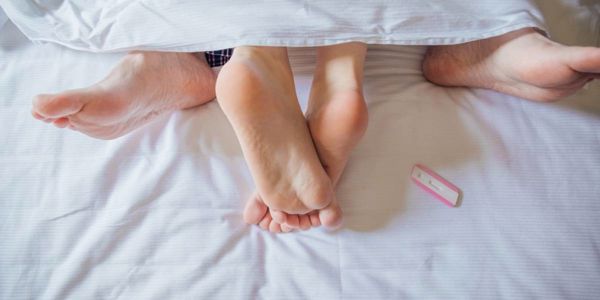Osteopathy is a system of health care developed in the 1870s by Andrew Taylor Still. It puts the person and their history at the centre of the interaction between practitioner and patient. Osteopaths take an in-depth case history before an assessment and build a bespoke treatment plan, suited to your body, your needs, and your musculoskeletal issues.
During pregnancy, your body is going through a process of remarkable change - especially in the last three months. Pre-existing stresses and strains from your history can really come to light as the ligaments soften, and the joints become more mobile. Sciatica, lower back pain, rib pain and pubic pain are all common symptoms throughout pregnancy.
Osteopathy can help reduce these symptoms and manage this process of change through balancing joint mobility and advice on posture and activity.
Pain in pregnancy is common but is NOT normal and should be addressed. Even if you’re not suffering musculoskeletal symptoms, we often recommend a check-up every four to six weeks as bump grows to prevent the development of symptoms and enable women to move better, feel more relaxed and most importantly, be more mobile.
Mobility is Key to Alleviate Hip and Back Pain
It’s important to keep moving during your pregnancy - think mobility rather than activity - and remember, we all have different 'normal' activity levels. Osteopaths can offer advice on adapting your normal activities to help maintain effective posture, and for you to potentially treat any symptoms yourself.
At the later stage of pregnancy, it’s more important for the osteopath to check the balance of the pelvis to optimise the muscle tone and joint mobility prior to labour.
The birth process can be traumatic for mum as well as baby. After the delivery, osteopaths can also help you return to your normal pre-pregnancy activities, by helping release any strains that pregnancy, and labour may have induced.
Osteopathy Can Also Be Used for Babies
Osteopaths have a highly developed sense of touch, being able to feel strain patterns throughout the body. These patterns may be affecting multiple tissues and creating symptoms in seemingly unrelated areas.
The birth process involves a compression as the baby passes through the birth canal. Fortunately, the bones in the baby’s head have not developed patent joints at this stage and can overlap to help them fit through.
This is a normal part of the process and helps to stimulate various processes as the baby transitions to life outside the womb. Sometimes this compression can continue after birth because of trauma or less than ideal circumstances. This can lead to discomfort or tightness in muscles and connective tissue.
Stresses and strains like this may lead to colic, sleeplessness, problems latching when feeding, as well as general seemingly unexplained discomfort and other symptoms. Osteopaths use gentle techniques to balance and release any strain or tension patterns and allow freedom of movement throughout the body to help baby become a happy baby.
Parents often report that babies sleep better, and feed easier after treatment, reducing stress for mum and dad too.





